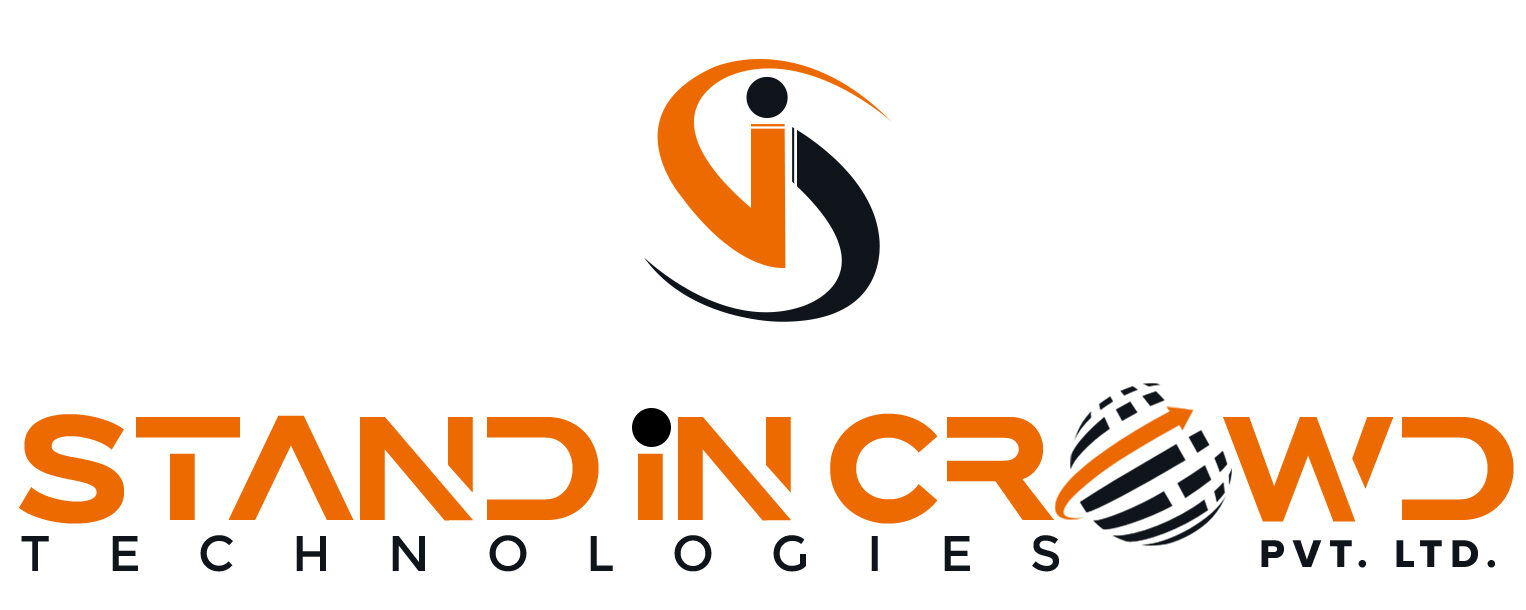Ensuring Excellence in Every Application
In today’s fast-paced digital landscape, software testing is not just a step in development—it’s a crucial phase that determines the success of an application. At Stand in Crowd Technologies, we understand the importance of delivering flawless, user-centric applications that meet industry standards and customer expectations. Software testing helps ensure that applications are bug-free, user-friendly, and perform efficiently, providing a seamless experience for end-users.
Step-by-Step Process of Software Testing
- Requirement Analysis: Understanding the functional and non-functional requirements of the software application is the first crucial step in software testing. This phase involves analyzing the product’s specifications to identify key testing areas and define goals.
- Test Planning:
Once the requirements are clear, a detailed test plan is created. This plan outlines the test strategy, scope, resources, timeline, and tools required for testing. It also specifies the roles and responsibilities of the testing team. - Test Case Development:
After planning, testers write test cases that are designed to evaluate the software based on various input scenarios. Each test case is aimed at verifying the functionality, performance, and security of the application. - Test Environment Setup:
Before the actual execution of tests, a suitable test environment is set up. This includes preparing the hardware, software, network configurations, and other necessary resources to ensure smooth testing. - Test Execution:
In this step, the test cases are executed, and the application is tested for bugs, issues, or inconsistencies. Manual or automated testing tools can be used depending on the nature of the test cases. Testers carefully document the results of each test to track any defects. - Defect Reporting and Tracking:
If any bugs or issues are found during testing, they are reported and categorized based on severity. These defects are tracked through a defect management system until they are resolved by the development team. - Regression Testing:
Once bugs are fixed, regression testing ensures that the changes made haven’t affected existing functionalities. This step helps to verify that previous versions of the software are still working as expected. - Performance Testing:
Performance testing evaluates the software’s performance under varying load conditions. This helps ensure that the application can handle a high volume of users or data without crashing or slowing down. - Security Testing:
Security testing identifies vulnerabilities in the software that could be exploited by malicious actors. This testing ensures that sensitive data is protected and that the application complies with security standards. - Test Closure:
After all tests are completed and bugs are resolved, a final report is prepared. This report summarizes the testing process, findings, and any unresolved issues. The software is then ready for deployment.
Why is Software Testing Essential?
In a competitive environment where end-users expect seamless experiences, software testing ensures:
- Reliability: Detecting bugs early prevents potential system failures.
- Security: Identifies vulnerabilities to safeguard sensitive data.
- User Satisfaction: Delivers a polished, functional application that meets user needs.
Types of Software Testing
- Manual Testing:
Manual testers play a vital role in ensuring the software meets real-world usability and functionality standards. It involves executing test cases without automated tools and focuses on user-centric issues. - Automated Testing:
Automated testing leverages tools like Selenium, JUnit, or TestNG to execute repetitive and complex test cases efficiently. It ensures scalability, faster results, and cost-effectiveness. - Performance Testing:
This type ensures the software operates smoothly under various load conditions. Performance testing evaluates speed, stability, and scalability. - Security Testing:
Security breaches can lead to loss of trust and revenue. Security testing identifies loopholes in applications, ensuring data protection and compliance. - Regression Testing:
When new features are added or existing ones updated, regression testing ensures previous functionalities remain unaffected.
Key Software Testing Methodologies
- Black Box Testing: Focuses on inputs and expected outputs without delving into internal code structures.
- White Box Testing: Involves examining internal coding and logic to ensure flawless execution.
- Agile Testing: Aligned with Agile methodologies, this testing is iterative, emphasizing flexibility and collaboration.
The Software Testing Lifecycle (STLC)
The STLC includes structured phases to ensure thorough testing:
- Requirement Analysis: Understanding and defining what needs testing.
- Test Planning: Designing test strategies and allocating resources.
- Test Case Development: Writing detailed test scripts and cases.
- Environment Setup: Preparing tools and platforms for testing.
- Test Execution: Running test cases and documenting results.
- Test Closure: Finalizing results and generating reports for stakeholders.
Challenges in Software Testing
- Evolving Technologies: Keeping up with new tools and platforms.
- Time Constraints: Balancing thoroughness with delivery deadlines.
- Resource Limitations: Ensuring skilled testers and tools availability.
Benefits of Partnering with Stand in Crowd Technologies
At Stand in Crowd Technologies, we bring expertise and innovation to your software testing process. Our services include:
- End-to-end functional and non-functional testing.
- Custom test automation frameworks.
- Comprehensive bug reports and quality metrics.
We pride ourselves on ensuring your applications are reliable, secure, and meet market demands.
Future of Software Testing
The integration of AI and ML is revolutionizing testing processes, enabling predictive analytics, and intelligent test execution. As software systems grow more complex, the role of testing becomes even more vital.
Conclusion
Software testing is the backbone of delivering quality applications. With a partner like Stand in Crowd Technologies, businesses can ensure their software stands out for reliability, security, and user satisfaction. Embrace the power of software testing today to guarantee excellence in every application.




